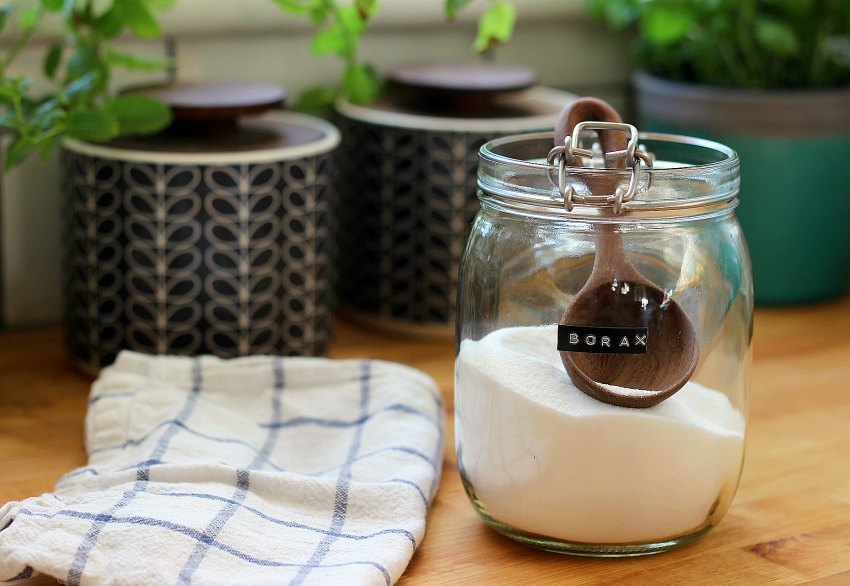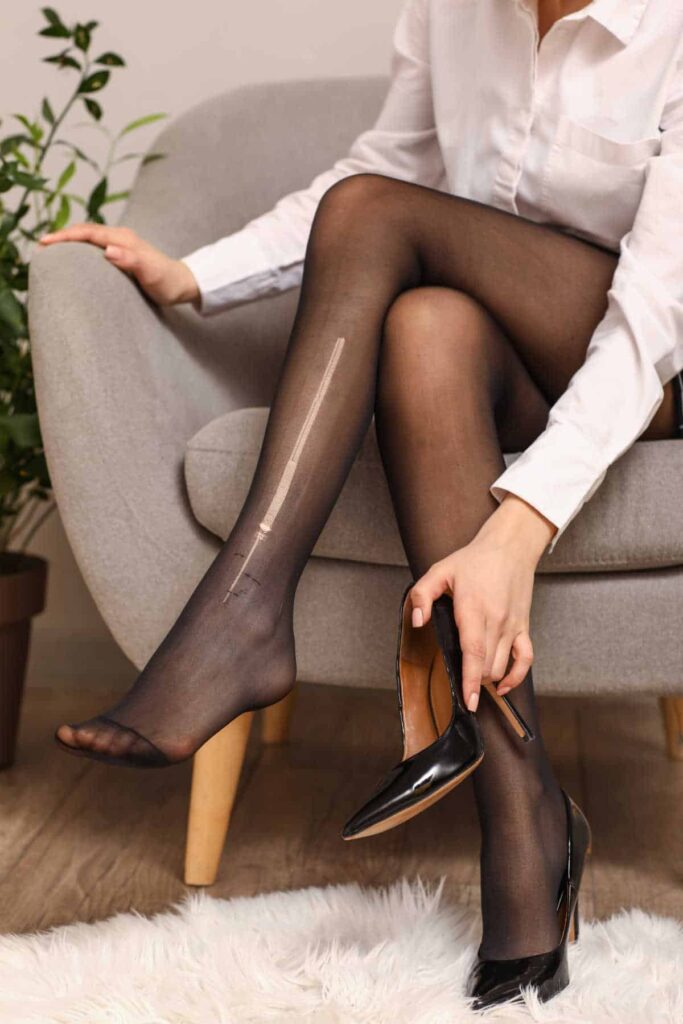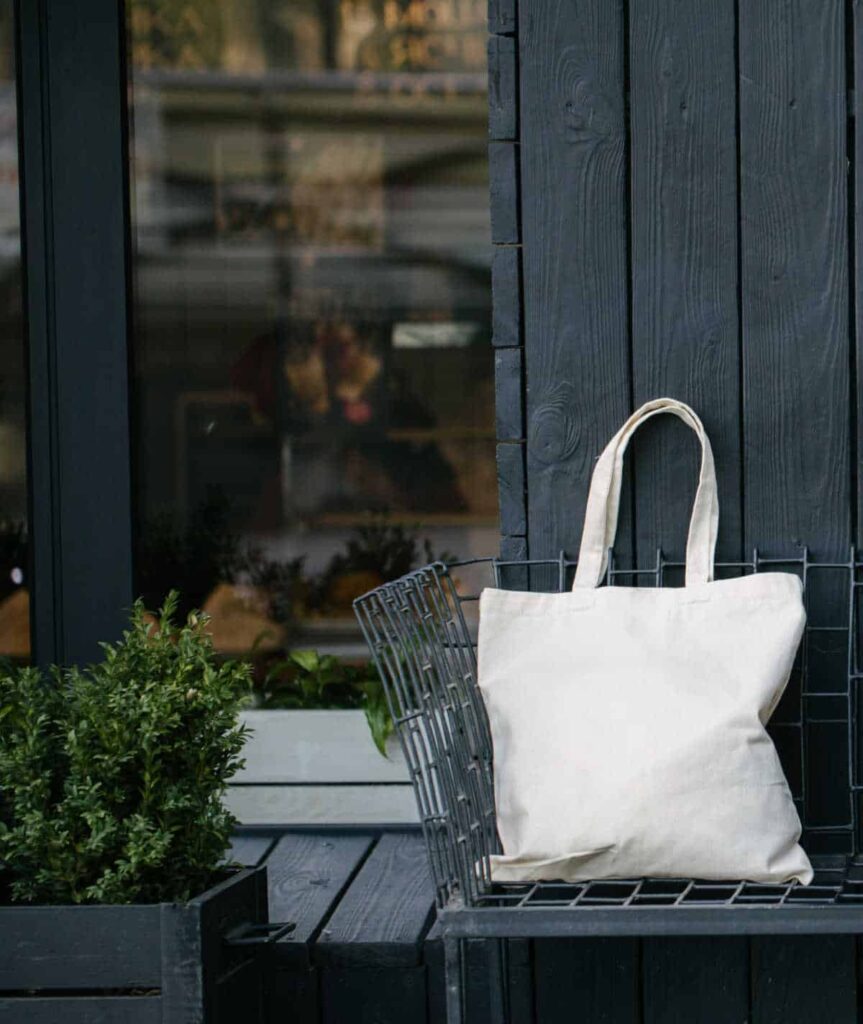12 Surprising Items That Contain Plastic
To support the running costs of Moral Fibres, this post may contain affiliate links. This means Moral Fibres may earn a small commission, at no extra cost to readers, on items purchased through these links.
Plastic turns up in the most unexpected places. Here are 12 surprising items that contain plastic or are made from plastic, that will shock you.
Plastic is a relatively new material, with widespread usage not occurring until the 1960s. Despite this, plastic is a ubiquitous part of just about every aspect of our daily lives. But were you aware of just how omnipresent it is? I’ve rounded up 12 surprising household items that contain plastic. Be warned – you may be shocked!
The Surprising Items That Contain Plastic
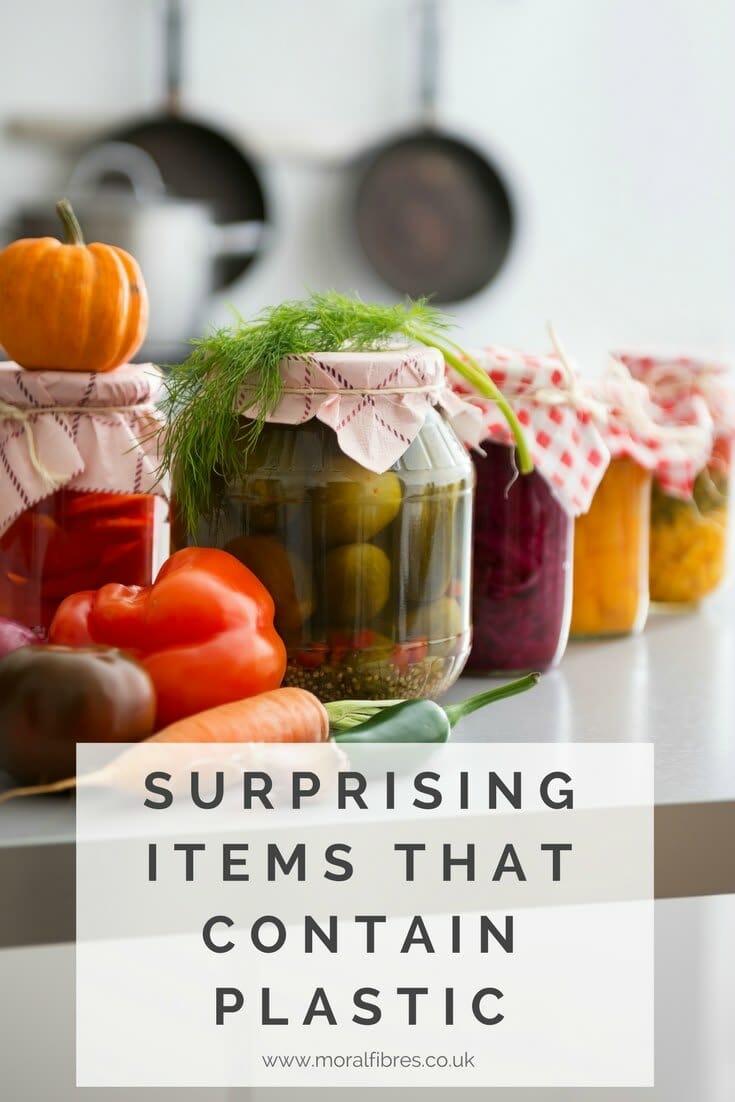
1. Chewing Gum
It’s hard to believe, but chewing gum is actually made of plastic. Manufacturers don’t tend to disclose their ingredients. Perhaps because chewing on plastic doesn’t sound particularly appealing!
The reason manufacturers do not need to disclose the exact ingredients in their gum bases is that these are considered trade secrets. Therefore they can use non-specific terms such as “gum base”. This makes it hard for consumers to know exactly what’s in their chewing gum.
What we do know is that most gum bases contain polyethylene. This is a plastic that’s used to make plastic bottles, plastic bags, and seal tea bags. Gum bases also tend to contain polyisobutylene. Polyisobutylene is a rubber that’s used to make the inner tubes of tyres. A delightful thing to chew on, I’m sure you’ll agree.
Of course, it wasn’t always like this. Chewing gum was made without plastic up until around the 1960s. At this point, it became more economical for manufacturers to use more synthetic ingredients, such as the plastics listed above.
From what I have read, I believe that all the main gum brands use plastics and rubbers in their gum production.
If giving up gum isn’t for you, then thankfully there are now a few plastic-free chewing gum brands out there. Try Milliways, Nuud, Nopla or Chewsy for a plastic-free chew. And for an added plastic-free bonus, these brands also package their gum in plastic-free packaging.
2. Clothing
Clothing is the one area that gives me the biggest headache. All clothing made from man-made fibres, such as microfibre fleece, polyester, acrylic, and nylon is made from plastic. And every time you wash those items of clothing, microplastics are released into our waterways, as the fabric sheds in the wash.
There are some solutions. When you buy new clothes try to purchase clothing made from natural fibres over synthetic fibres, if you can. I wouldn’t recommend purging your wardrobe of man-made materials though. Donating clothes to charity doesn’t help the microplastic problem as the person buying the clothes will wash and wear them.
I would also never advocate binning perfectly good clothes. Instead, you could wash them in some of the new products coming out, such as Guppyfriend. This acts as a microplastic filter until your clothes reach the end of their lifespan.
France has recently adopted a new law that will see all new washing machines fitted with microplastic filters as standard by 2025. This shifts responsibility to washing machine manufacturers rather than the general public, which is always a good thing.
A parliamentary bill that would require manufacturers to fit microplastic-catching filters to new domestic and commercial washing machines is also currently under discussion in the UK. Let’s hope common sense prevails.
3. Disposable Coffee Cups
The hidden plastic in disposable coffee cups has been in the news a lot in recent years, so I guess this one may not be such a surprise to you. However, I thought it is worth bringing it to your attention again in case you missed the news.
If you did miss this, disposable coffee cups are lined with plastic. This makes it difficult to recycle them. A 25p ‘latte levy’ was proposed, as a tax on consumers. It was thought this would encourage people to use reusable coffee cups. However, the UK Tory Government voted against this levy in 2018.
Many coffee shops now offer compostable coffee cups. However, these are problematic, as these can only be composted in industrial composting facilities. There are few and far between facilities available, and unless the coffee shop has partnered with an industrial composting scheme for their cups, then these cups typically end up in landfill.
Looking for an alternative? My favourite reusable coffee cup is the Stojo cup. This is a collapsible silicone cup that when flattened down takes us very little room in your bag. It then pops up in seconds when you’re ready for your cup of coffee.
4. Drink Cans
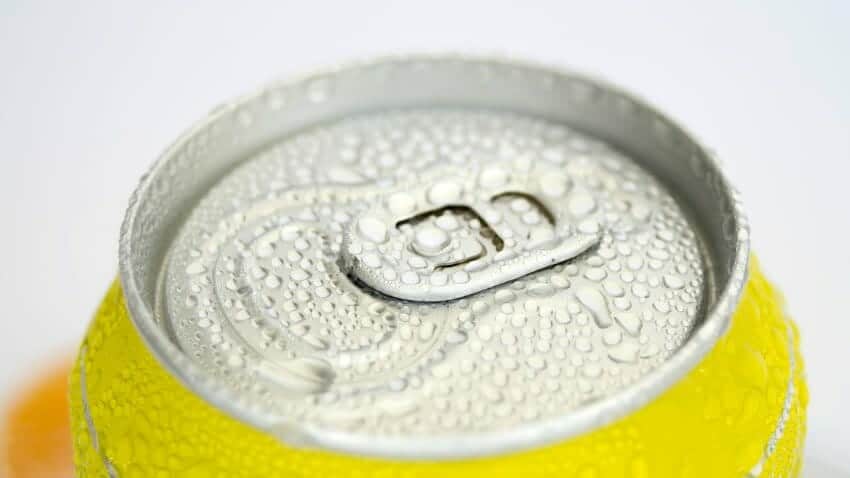
Think a drink can is just made of aluminium? Well, it turns out that every single drink can on the market is lined with a plastic resin, usually epoxy. This stops the drink contained within from corroding the aluminium. Wired reports in a rather oddly fascinating article that “without that [expoxy] shield, a can of Coke would corrode in three days“.
Roughly 80% of that epoxy is bisphenol-A or BPA for short. BPA has been associated with a myriad of negative health implications. And interestingly, that same Wired article I quoted above goes on to note that Frederick vom Saal, a respected biologist who leads research into the effects of BPA on our endocrine systems, won’t buy canned foods or beverages. Vom Saal also won’t allow polycarbonate plastics in his home. Food for thought.
5. Glass Jars with Lids
Think glass jars are a great plastic-free solution? Well, I hate to be a bearer of bad news, but whilst glass jars themselves don’t contain plastic, the lids of glass jars contain a layer of plastic on them.
Yup, almost all jar lids are lined with plastisol, a PVC product. The purpose of the plastisol is to produce a vacuum seal and also to help the lid resist corrosion from acidic ingredients. Good for food storage, but not so great if you’re looking to give plastic the heave-ho entirely.
Jar lids are recyclable by most Local Authorities, so you can pop them in your recycling bin. Alternatively, save up your jars and lids to make preserves (I have this book, which I love). This helps you avoid having to recycle the lids, as recycling is very resource-intensive.
If preserving isn’t your thing then you could save up your jars and list them for free on Freecycle, Gumtree, Facebook Marketplace or similar. They will be snapped up by local jam and chutney makers in seconds!
6. Glitter
More surprising news is that glitter is in fact a microplastic. When will the bad news stop, I ask you?!
As well as regular glitter for cosmetic and craft purposes, consider glittery greetings cards, present labels, and wrapping paper as sources of microplastic.
These products can’t be recycled so why not make 2023 the year you give up glitter? Many big brands are stopping making glittery greeting cards, so there are lots of alternatives out there.
If living in a world without glitter is too big an ask, fear not, all is not lost! I have sourced some eco-friendly alternatives to glitter for you.
7. PLAs and Corn-Based Biodegradable Packaging
Polylactic Acid (PLA) is a type of plastic made from corn. While this makes it fossil fuel-free, it’s very much still a plastic. It’s sold as a greener alternative to conventional plastic, and it’s widely touted to be biodegradable. But there are some problems.
I’ve written in length about the problems with biodegradable plastics if you fancy a longer read.
If you just need a quick summary then here goes. PLAs can be difficult to recycle, and many local authorities cannot recycle them. Biodegradable is not the same as compostable, so you can’t compost them at home. PLA plastics will only biodegrade in commercial composters where temperatures are consistently high. Sending them to landfill isn’t a good option either – PLAs won’t break down in landfill, where waste is mummified in anaerobic conditions.
The lesson here is that some so-called green alternatives to plastic sadly aren’t as green as they make out.
8. Produce Stickers
Remembered to take a produce bag to the shop with you to stock up on fruit and veg? Great work! Sadly, however, your grocery shopping isn’t as plastic-free as you would have hoped. Those stickers stuck to each and every single piece of produce is plastic.
This can be difficult to avoid, but the good news (finally!) is that retailers are looking into replacing plastic labels with laser markings. Granted, retailers have been looking into this for a very long time and very little to no progress has been made, but at least the issue is on their radar.
9. Tea Bags
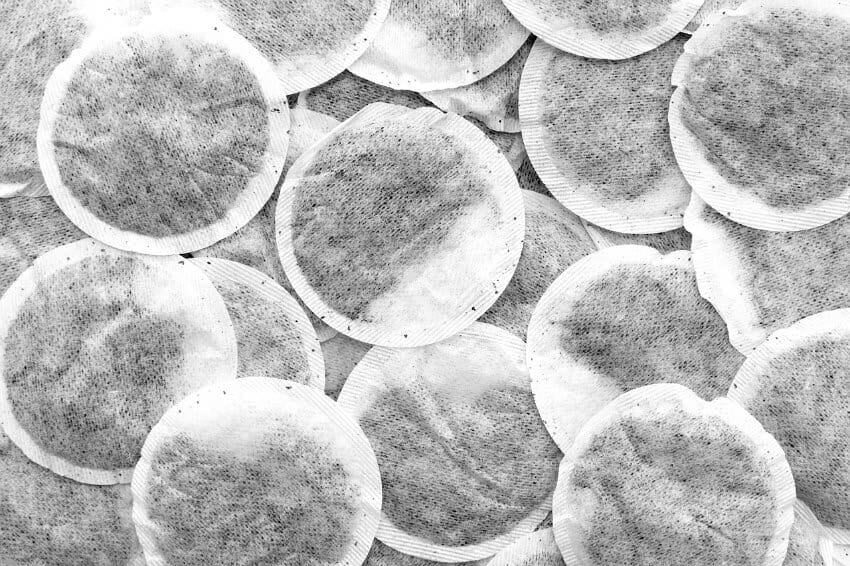
I’ve written at length about plastic in tea bags, but in case you need a short summary many tea bags are heat-sealed using polyethylene, a plastic that will not break down in your compost heap.
The good news is that many brands have taken this problem seriously, and there are many plastic-free teas available. Some of these teas even come in plastic-free packaging. See my guide to plastic-free teas for the full rundown.
If you do have plastic teabags, then you can tear them open and compost the tea leaves. The tea bag can then be placed in your general waste bin.
As an alternative, I’d suggest switching to loose-leaf tea. I’m still on the hunt for a good decaf loose-leaf tea so if you come across one do let me know!
10. Tetra Paks
Tetra Paks are the cartons that you commonly find containing long-life or plant-based milk, juice, and/or chopped tomatoes.
Many people believe Tetra Paks to be made from waxed cardboard. However, when you look a little deeper the Tetra Pak website states that cartons are made from wood in the form of paperboard, as well as thin layers of aluminium and polyethylene plastic. The most common Tetra Pak carton is 75% paper, 20% polyethylene, and 5% aluminium.
While Tetra Pak cartons state that they are recyclable, in reality, it’s a different picture. These thin layers of aluminium and plastic make it difficult to separate these mixed materials. This means they are not easily recyclable at every recycling plant.
According to the Tetra Pak website, there is only one dedicated carton recycling facility in the UK. This is in Halifax. So, whether your Tetra Paks get recycled or not depends on if your Local Authority sends collected Tetra Paks to Halifax. Tetra Pak says 66% of Local Authorities in the UK use this facility, so there is still some way to go.
Looking for an alternative to Tetra Paks? Some dairies will deliver milk, including oat milk, in glass bottles. Try Milk and More if you are in England and McQueens Dairies if you are in Central Scotland.
11. Tin/Aluminium Cans
Much like drinks cans, tin and aluminium cans are lined with plastic. Indeed, the Independent reported in 2010 that the majority of food cans in the UK are lined with a plastic coating containing bisphenol A (BPA). More recent publications report this situation as unchanged over the last decade.
The coating prevents acids and other substances from corroding the tin or aluminium of the can. However, some experts say the leaching of BPA into the can’s contents could be a potential health hazard.
Looking for an alternative? Buy dried pulses instead of tinned pulses, and get into the habit of soaking them overnight before use. Tricky, I know!
12. Sunscreen
Finally, did you know that many sunscreen products contain microplastic? It’s true, the actual cream itself contains tiny fragments of plastic. What’s worse, when we swim, shower or bathe after applying sunscreen, those bits of microplastic get washed off into the water.
Why is this plastic there? For a start, microplastics bind together the product ingredients. This means that the cream doesn’t split or separate in the tube. Secondly, the use of microplastics helps to add waterproof properties to your sunscreen. And thirdly, microplastics are often cheaper to use, compared to more expensive plastic-free ingredients.
The good news is that some manufacturers have found ways to formulate their sunscreen without the use of plastic. Nivea, for example, is now microplastic-free, as of 2022, as well as lots of smaller ethical brands.
What Can We Do About Unnecessary Plastic?
I appreciate all of this information may be a little shocking and perhaps a tad overwhelming. I’m not sharing this to overwhelm, but rather to help share this information because I believe that the more we know, the more informed choices we can make.
Plus, the more we know, the more we can lobby manufacturers and retailers to provide better packaging solutions and avoid the use of unnecessary plastic. For example, here’s a petition you can sign to lobby supermarkets to reduce their plastic packaging.
Have you found any more surprising sources of plastic? Do let me know in the comments below.
Found this post useful? Please consider buying me a virtual coffee to help support the site’s running costs.

